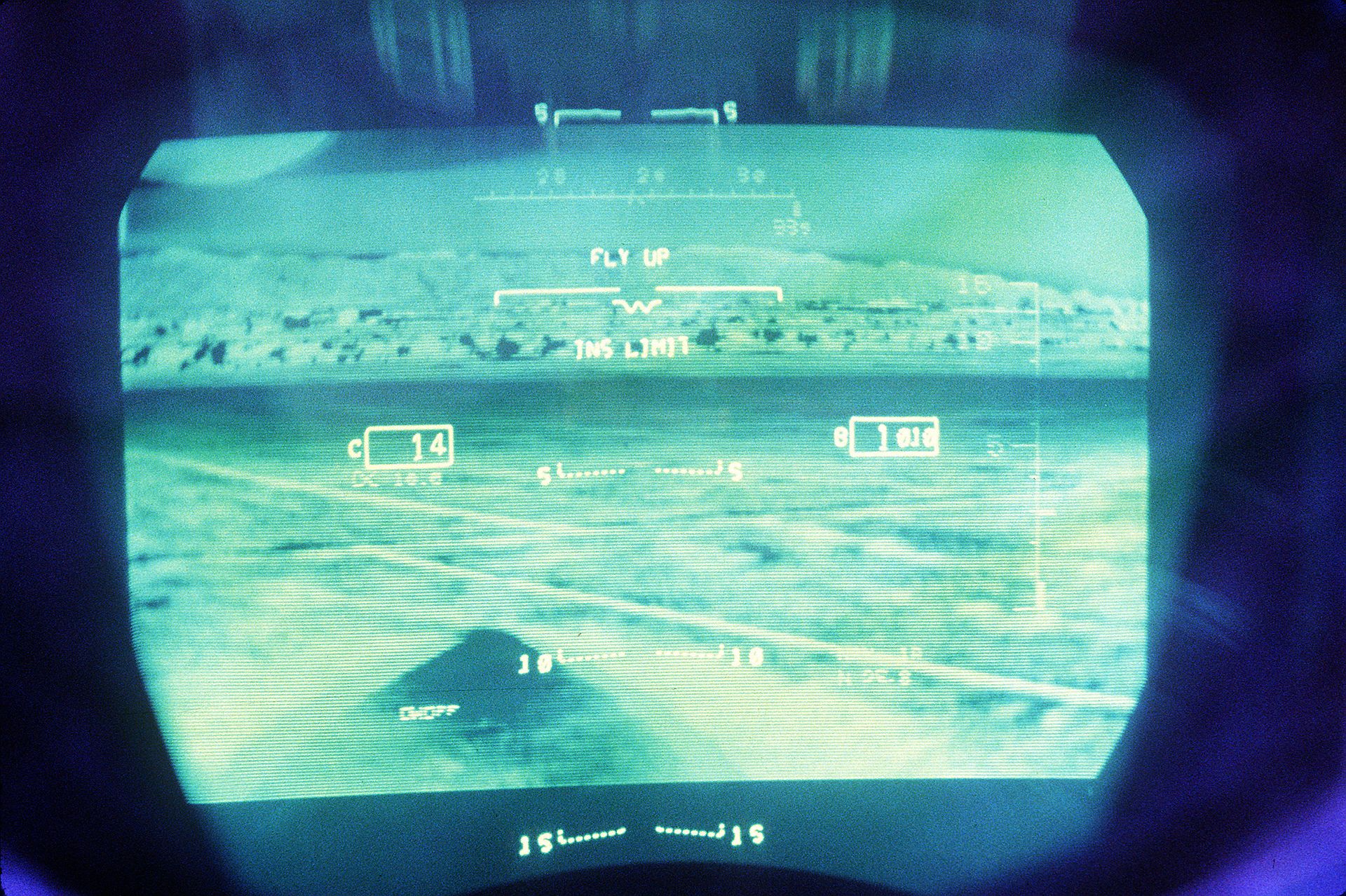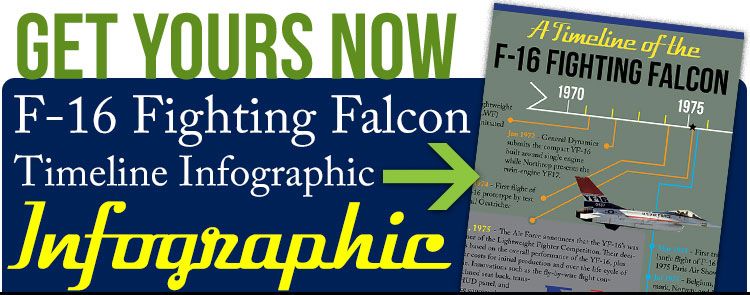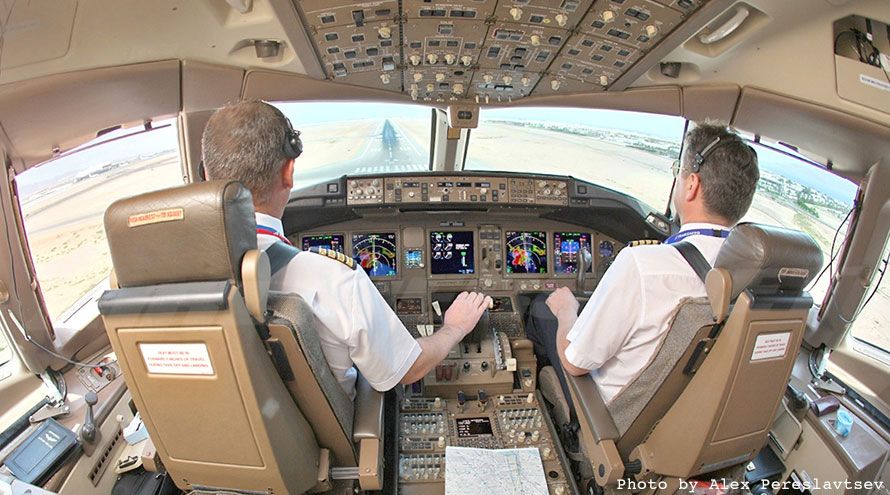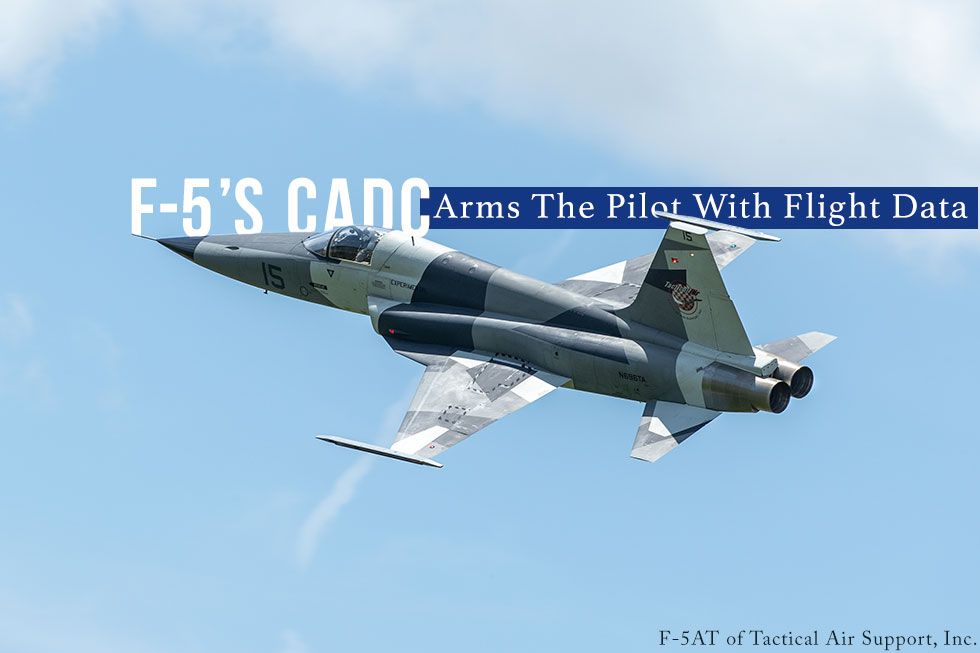Cruising at 35,000 feet on patrol in the early morning sky, two USAF F-16 Fighting Falcons await orders to provide close-air support for ground operations. Clouds blanket the earth below, with a ceiling at 500 feet and limited visibility up to 9,000 ft.
Below the pilots, U.S. troops are preparing to enter a village to perform a sweep, looking for a suspected weapons cache. The operators on the ground cannot hear the aircraft circling above awaiting orders. As the fifteen man patrol approaches a corner of the village, they start to take small arms fire from a building at the edge and more suppressive fire from their left on a hill overlooking their position.
Time to call in the angels overhead to eliminate the threat on the hill that exposes their position and is pinning them down. Once removed, the team can advance on the threat ahead of them.
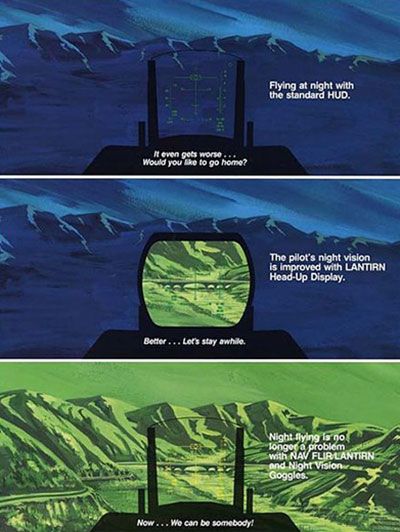 Though the cloud cover is thick, the pilots press the attack from above, slicing through the clouds. Their flight path takes them low, a few hundred feet above the highest elevations in the immediate area. Visibility outside the canopy is extremely limited but the pilots are confident and their trajectory to the target is true.
Though the cloud cover is thick, the pilots press the attack from above, slicing through the clouds. Their flight path takes them low, a few hundred feet above the highest elevations in the immediate area. Visibility outside the canopy is extremely limited but the pilots are confident and their trajectory to the target is true.
Even though they cannot clearly see the ground outside their cockpit, both the landscape and approaching target are clearly visible through their head-up displays or HUDs. Through clouds that would ground most aircraft from mission performance, these two fighter jets fly low and avoid any obstacles on the ground while precisely identifying the target and attacking it.
It’s not some dark magic that helps these pilots effectively perform close-air support operations this morning. Rather, it is specialized equipment mounted to the fuselage of the aircraft that enables the pilots to support their brothers and sisters at night, or in low to nonexistent visibility conditions like this adverse weather.
It is accomplished through LANTIRN, which is an acronym for Low Altitude Navigation and Targeting Infrared for Night. It can be found on many fighter aircraft like the F-15 Eagle and F-16 Fighting Falcons. There are two parts of the LANTIRN for the US Air Force aircraft. One is the AN/AAQ-13 Navigation Pod and the other is the AN/AAQ-14 Targeting Pod.
Facts about the LANTIRN AN/AAQ-13 & AN/AAQ-14
Navigation Pod – AN/AAQ-13
- Contains Infrared and terrain-following radar sensors
- High-speed penetration and precision attack on tactical targets at night and in adverse weather
- Utilizes a Ku-band terrain-following radar AN/APN-237A
- Fixed camera provides wide field-of-view (WFOV) forward-looking thermographic infra-red sensor
- Provides a visual cue and input to the aircraft’s flight control system
- Sensor displays an infrared image of the terrain in front of the aircraft, to the pilot, on a Head-up display
- Five Modes:
- Normal
- Weather
- ECCM
- Low Probability of Intercept (LPI)
- Very Low Clearance (VLC)
Targeting Pod – AN/AAQ-14
- Also contains Infrared and laser designator and ranging sensors
- Mounted on a movable nose section
- FLiR can be aimed independently and can zoom in on a selected target
- Displays an infrared image of the target to the pilot
- A laser designator/rangefinder for precise delivery of laser-guided munitions
- A missile boresight correlator for automatic lock-on of the AGM-65 Maverick imaging infrared missiles
- Software for automatic target tracking
- Simplify the functions of target detection, recognition, and attack and permit pilots of single-seat fighters to attack targets with precision-guided weapons on a single pass
Providing close-air support even during inclement weather conditions is vital since ground operations will occur whether the elements cooperate or not. When that request comes in, a pilot needs the ability to attack through smoke, haze, fog, bad weather, and even in the dead of night.
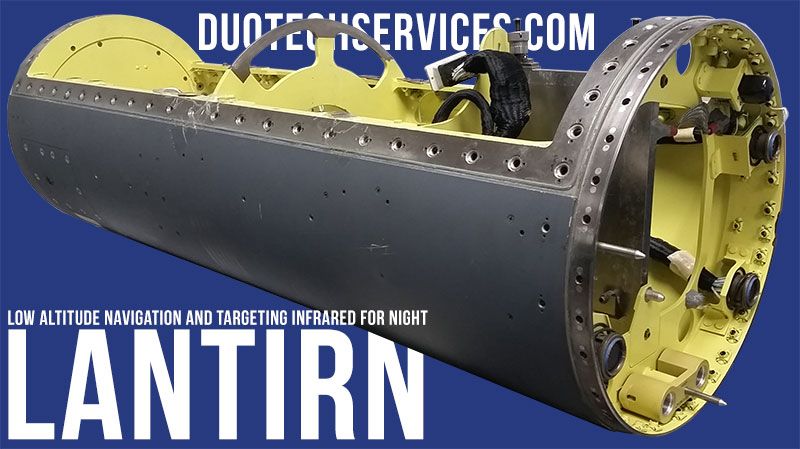
Figure 1 – Support of Center section of LANTIRN under repair
If subsystems of the aircraft’s LANTIRN are malfunctioning, like the one pictured in Figure 1, it will limit the capability of the attack aircraft, and put lives in jeopardy on the ground. Replacing the defective item with operable equipment out of back stock keeps the fighter flying and supporting troops. Still, the faulty unit needs to be repaired quickly to be returned to mission ready status.
LANTIRN AAQ-13 or AAQ-14 Repair Capabilities
With the development of the LANTIRN in the early 1980s and an introduction to service in 1987, operators of other aircraft systems like these can face difficulty identifying maintenance, repair, and overhaul (MRO) sources with reasonable turnaround times and with repair costs well within repair percentage guidelines. Some countries may not have functional backups to replace a malfunctioning AAQ-13 or AAQ-14. This means the aircraft may be grounded or cannot meet its full mission capability until the device is replaced.
As countries need to extend the service life of planes and helicopters, they find that electronics and electromechanical equipment fall victim to obsolescence and possibly scrapping because they cannot be repaired. This is due to broken or missing parts that were manufactured by companies that no longer exist. Another reason is that original equipment manufacturers (OEM) may no longer support the older systems, or their costs exceed repair budgets.
With limited budgets, the individual in charge of maintenance is faced with the challenge of identifying sources that can provide the long-term sustainment services for aircraft avionics, radar systems, and weapons systems to avoid scrapping the repairable mission-critical equipment. Even with tight funding, systems must be maintained. This requirement has caused a reduction in new manufacturing requirements, but growth in depot and component repair needs. Often, the only way to maintain these systems is to reverse engineer obsolete technology and develop remanufactured or re-engineered “Form/Fit/Function” replacement units.
A qualified Depot Level Maintenance (D-Level) facility can eliminate the need to scrap repairable equipment by identifying the faults in malfunctioning equipment and repairing it quickly. Often with obsolescent equipment, supporting technical data can be nonexistent, stopping repairs in their tracks. Finding a qualified depot that has the ability to reverse engineer obsolete technology and manufacture unavailable parts is essential to returning functional mission-critical systems back to aircraft and ground systems.
As a D-Level Maintenance facility and qualified repair station, Duotech provides Depot Repair Services for military and commercial applications. Duotech provides a full range of equipment repair services, including a wide variety of electronic and electromechanical systems, communications and RF, and power systems. With over 35 years of industry experience, Duotech Services, LLC. maintains an AS9100C and ISO 9001 certifications with the scope of repair, design, production (including CNC machining and laser cutting), testing, and overhaul services.
Contact Duotech Services today about your MRO needs. Duotech has the capability to repair thousands of different items. Begin your search for your Part Number here or request a Quote for Repair now.

